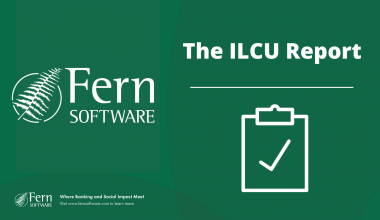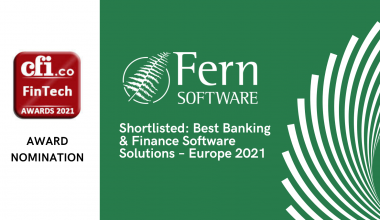Introduction to Open Banking
Open banking – the future of FinTech that is poised to reshape the banking industry, is an initiative started by UK’s Competition and Markets Authority (CMA) to empower consumers and small and medium-sized enterprises (SMEs) with greater choice and control over their financial information.
The noble idea enables the networking of accounts across institutions, where banks can share customer data with authorised third-party providers through secure application programme interfaces (APIs) to further develop new services. With the massive amount of financial data banks hold, the amalgamation of information from these individual banks into a consolidated touchpoint will empower customers to uncover interesting insights to benefit them in their financial decisions.
Use Cases of Open Banking
One key use case of Open Banking is account aggregation. This allows customers to see multiple accounts from different providers on one interface. Some examples are Nordic API Gateway and Tink who enable applications to access financial data from banks across Europe.
Another important use case of Open Banking is that it can speed up credit applications by allowing lenders to quickly obtain an applicant’s credit history. Prior to open banking, assessing applicants for credit often involved pulling together different documents from different financial institutions. With Open Banking, lenders can make faster decisions and applicants can quickly find the products for which they are most likely to be approved.
Open Banking has also created more possibilities for personal finance management (PFM) tools which give customers a complete overview of their financial situation. Third-party providers can leverage real-time data to recommend customer-centric solutions that can transform experiences – including viewing of cash flow, loans, savings, and assets, book-keeping services, online invoicing, tax payment calculations etc.
Transaction monitoring is a requirement that lets payment service providers (PSPs) detect unauthorised or fraudulent transactions by looking for anomalies in the data. By opening up access, there is also greater transparency, making it easier to identify abnormal activity when it occurs.
Open banking has made opening a new account with a financial institution easier and faster. In the Know Your Customer process, financial institutions want to obtain as much information as possible about the customer before authorising a new bank account. With Open Banking, this process is facilitated, and user experience is thus smoother for applicants.
Open Banking around the World
With its promises and potential to value-add to the financial market, many countries including UK, Canada, and Singapore, have jumped onto the bandwagon to adopt Open Banking. 77%, 72% and 61% of banks in Europe, North America, and Asia respectively, plan to invest up to USD$20 million to undertake Open Banking initiatives for commercial customers.
2016 – 2018: In August 2016, UK’s CMA made it mandatory for the country’s nine biggest banks to enable licensed third-party providers the direct access to their data. With the proliferation of FinTech services in recent years, Open Banking services were developed and launched in the UK in January 2018 through the nine biggest banks – to shake up the traditional financial market after research revealed that 60% of customers had stayed with the same bank for more than a decade. Subsequently, many countries across Europe, including Germany and Italy, adopted the initiative and successfully developed the European Payment Initiation Services (PIS) including Trustly and Tink.
2018 – 2020: Zooming into the Asia Pacific Region, Japan’s Banking Act was revised in June 2018 to promote Open Banking, where approximately 130 banks opened their APIs in September 2020. Singapore is also cited as an early adopter of Open Banking, where the Monetary Authority of Singapore developed the framework and guidelines through its Financial-As-A-Service API Playbook.
2020 – 2021: To keep pace with the global movement, Canada recently published its first Open Banking Manifesto in 2021 to convene all Canadian financial services stakeholders to a common cause to enhance product development, prevent fraud, and personalise financial services.
Revolutionising Open Banking with Fern Software
Further revolutionising the Open Banking landscape, Fern Software has been accredited for Open Banking within the UK and Republic of Ireland. With access to thousands of bank connections and complete set of account holders’ data, Fern Software can create unique capabilities and features. The challenge for financial institutions includes the ability to identify and implement suitable strategies and business models to cater to their end customers. Through open banking, Fern Software hopes to deliver disruptive innovation and help more financial institutions enhance their offerings and build greater trust with their end customers.






